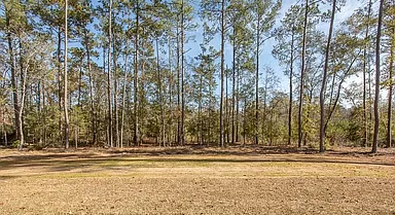
Saying goodbye to a predictable former life could be viewed as a sad and scary experience. Yet, instead, I'd rather think of it as engaging in an exciting, new adventure that'll add new memories to ones already stored in my heart.
Tiger and I have enjoyed our 'vacation' in a fabulous Air BNB while waiting for the paperwork to be completed on our upcoming dwelling. I absolutely love our temporary lodging but can't wait to move into our new place.
It's going to be trial and error learning how to refurbish neglected furniture – giving the unloved wooden items a second chance to shine. But what I'm really looking forward to is creating a haven for the insects, birds, and other critters that'll be sharing the property with us.
The yard is a blank canvas to landscape as we like. Eventually, our acre of grass and woodland will be covered entirely with native beauty. But where do we begin?
My friend and housemate, Silke, and I are relatively new to this game. I've had a couple more years of experience identifying native plants. However, it will still be the blind leading the blind as we design a landscape that looks appealing yet, more importantly, is beneficial to wildlife.
Winter is the perfect time for planning. I want to map out where to put a diverse selection of flowers, trees, and shrubs to provide food and shelter for all the creatures visiting our little piece of paradise.
We both love the acres and acres of untouched woodland bordering the backyard. The scenery offers the peace and tranquility only Mother Nature can provide. A sizable portion of our yard is undeveloped, and a quick walk-through found some lovely indigenous plants. I can't wait to see what pops up this coming spring and summer.
On either side of us, though, are houses. I've lived in the boonies for the past thirty years and am not used to having close neighbors. Living in a neighborhood will be a challenge for me. Granted, there's at least ¾ acre separating the homes. However, that's still too close for my comfort. I'm a hermit and like my solitude.
A hedgerow made with fast-growing plants will make a perfect all-natural privacy fence. We can plant some dormant shrubs and trees during February. That'll give them time to adjust to their new home before spring. A hedge isn't a quick fix; the barrier will take a while to grow, but patience is a virtue, right? Meanwhile, a six-foot fence will keep our dogs in and neighbors' eyes out.

We are very fortunate that only a small bit of the yard close to the house was sown with grass. The rest of the property is just plain dirt. Perfect! Not having to remove a lot of useless grass is a significant advantage. Plus, laying out garden beds in the autumn/winter gives us more time before the growing season. Another bonus is that it's cooler, with no gnats or mosquitoes.
Now comes the planning. How do we transform the bare compacted dirt into a home for native flora and fauna?
Common sense and my limited experience tell me that properly preparing the ground is crucial to a successful garden. I don't want to disturb the insect and fungal life underground, so there will be no tilling. We'll break up the surface layer and even everything up. A layer of leaves will make an excellent covering that will kill any grass or weeds trying to grow. The leaves will also break down and fertilize the garden beds. I don't have to tell you that pesticides will never poison our land!
An excellent piece of advice I picked up in Ohio State University's Pollinator 101 webinar is to work with nature in the existing landscape - not against it. During her session, Shana Byrd from the Dawes Arboretum said the first step is site evaluation. "Map out your lawn and determine what would work best in the area you want to convert to a garden. Before you start designing your new addition, determine the level of sunlight, soil type, soil texture, moisture, drainage, and size."
That'll take care of prepping the ground. Now, what are we going to put in the garden?

Step two in our master plan is to have some flowers ready to plant in our prepared garden beds. My favorite method of germinating flowers is winter sowing.
It's so simple:
- Use transparent or translucent containers (Water or milk jugs, soda bottles, produce containers, etc.)
- Place potting soil and seeds inside the containers.
- Leave the containers in an area where rain and snow will keep them watered.
- Then, forget them until spring. The seeds will germinate at the proper time, and the hardy seedlings will tolerate transplanting and changes in temperature and conditions.
So, between prepping the soil, planting some shrubs and trees while they're dormant, and winter sowing, Silke and I should have a good start on our landscaping. Another critical factor we'll incorporate in our design is to connect the planted areas so insects can move from one patch of flowers to another without traveling a long distance.
There's a lot of work ahead of us. I know I can't transform the entire yard this first year. However, I want to lay out several garden beds as the groundwork for years to come.
Wish us luck!
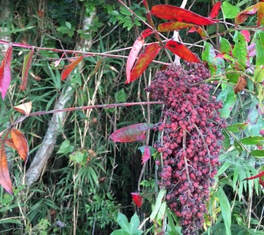
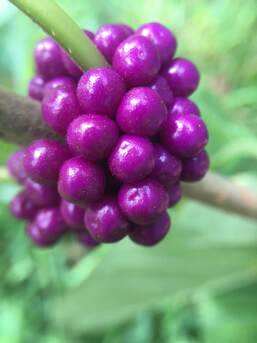

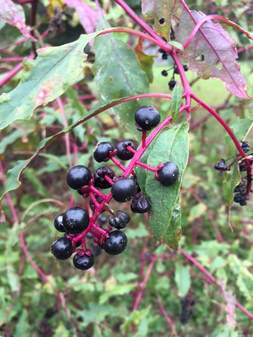
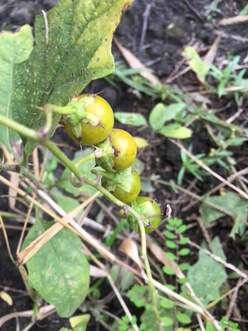
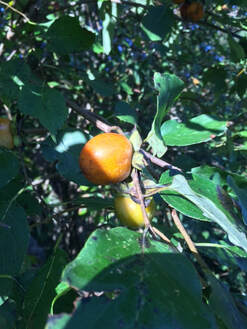
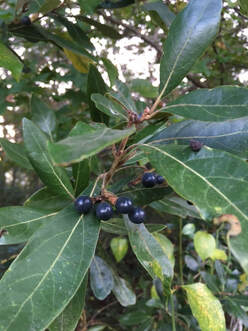
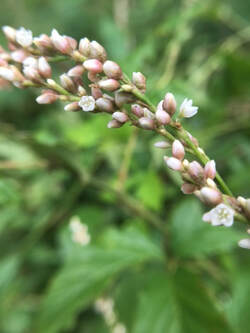
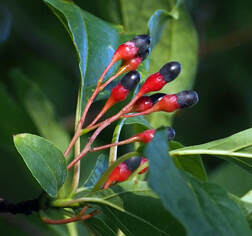
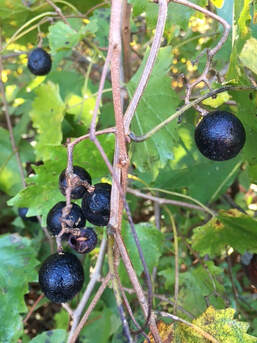
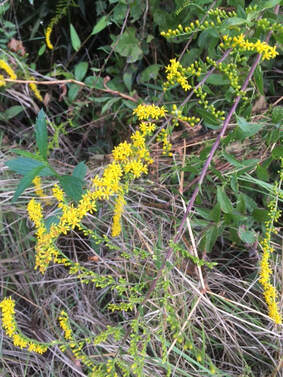
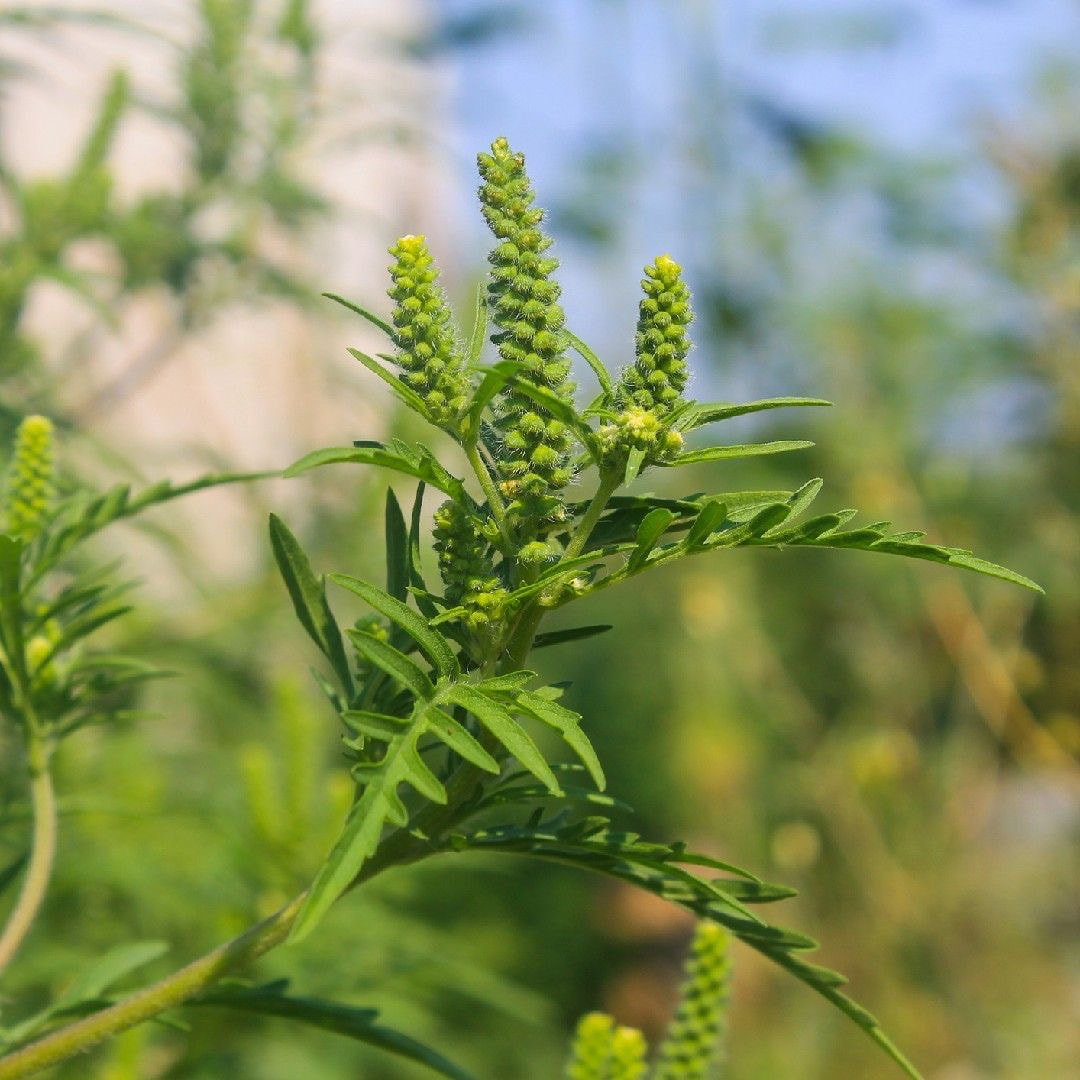
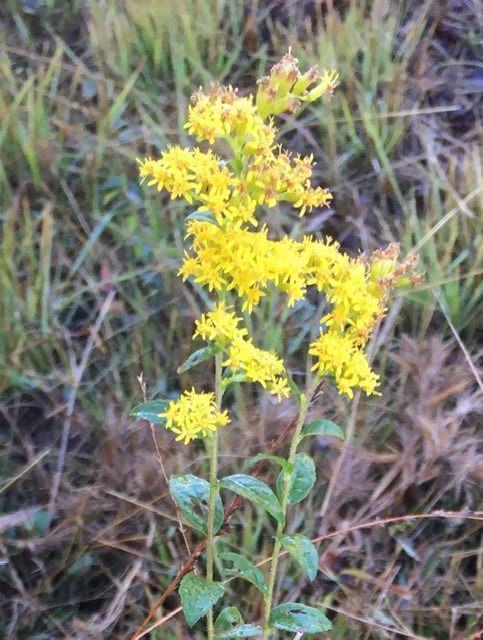
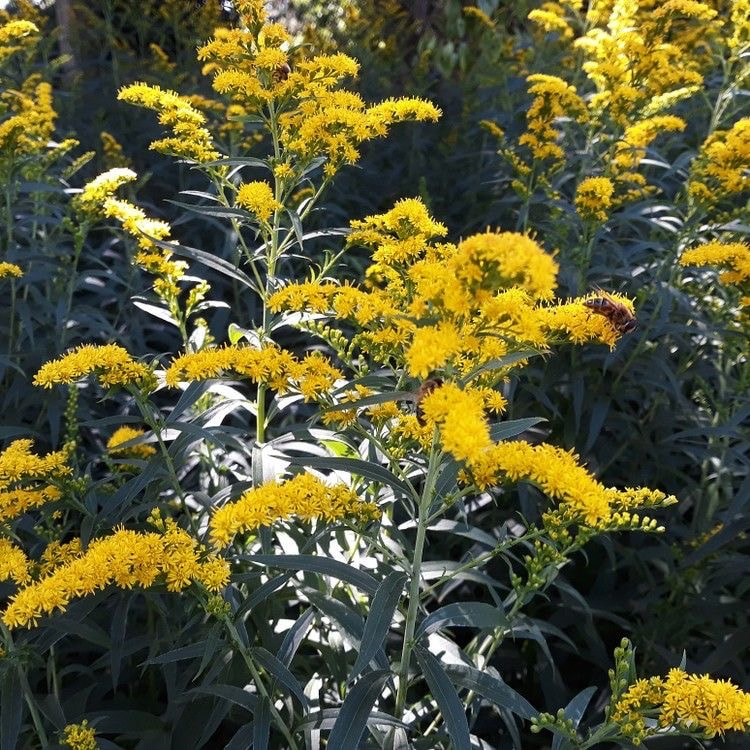

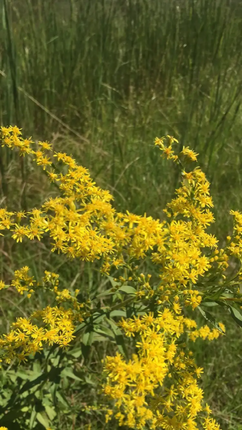
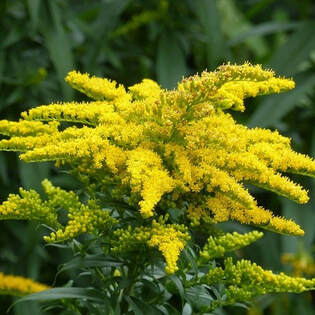
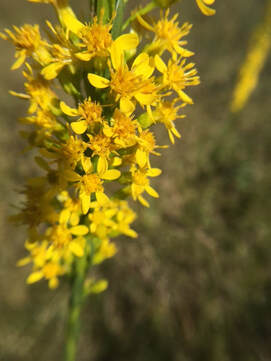
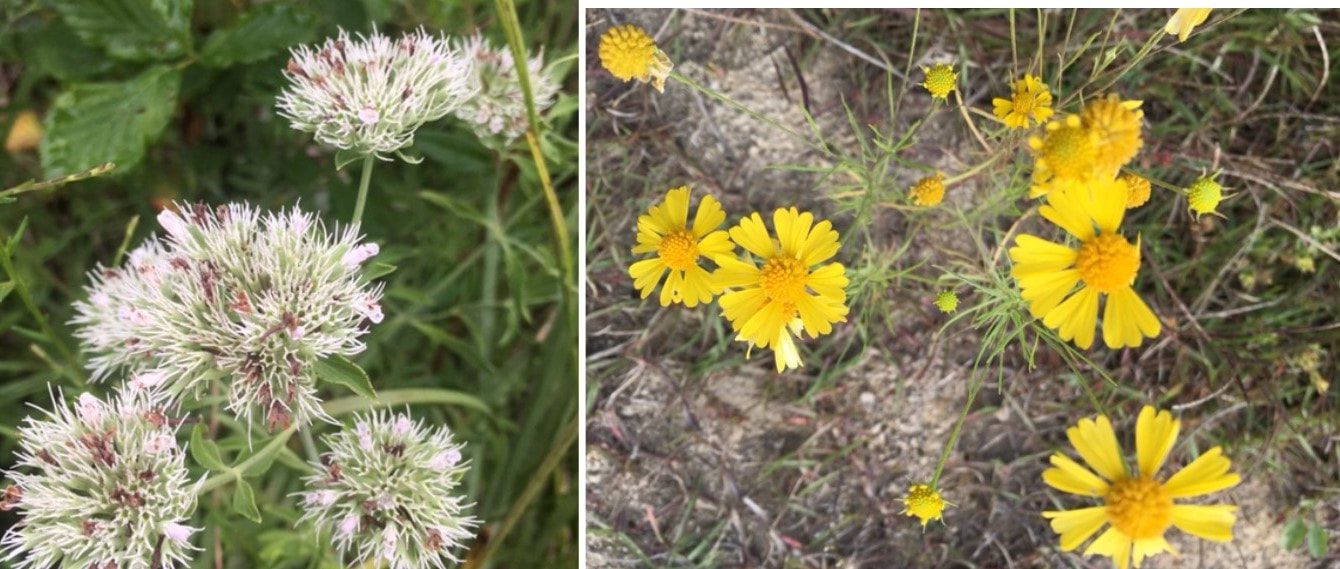


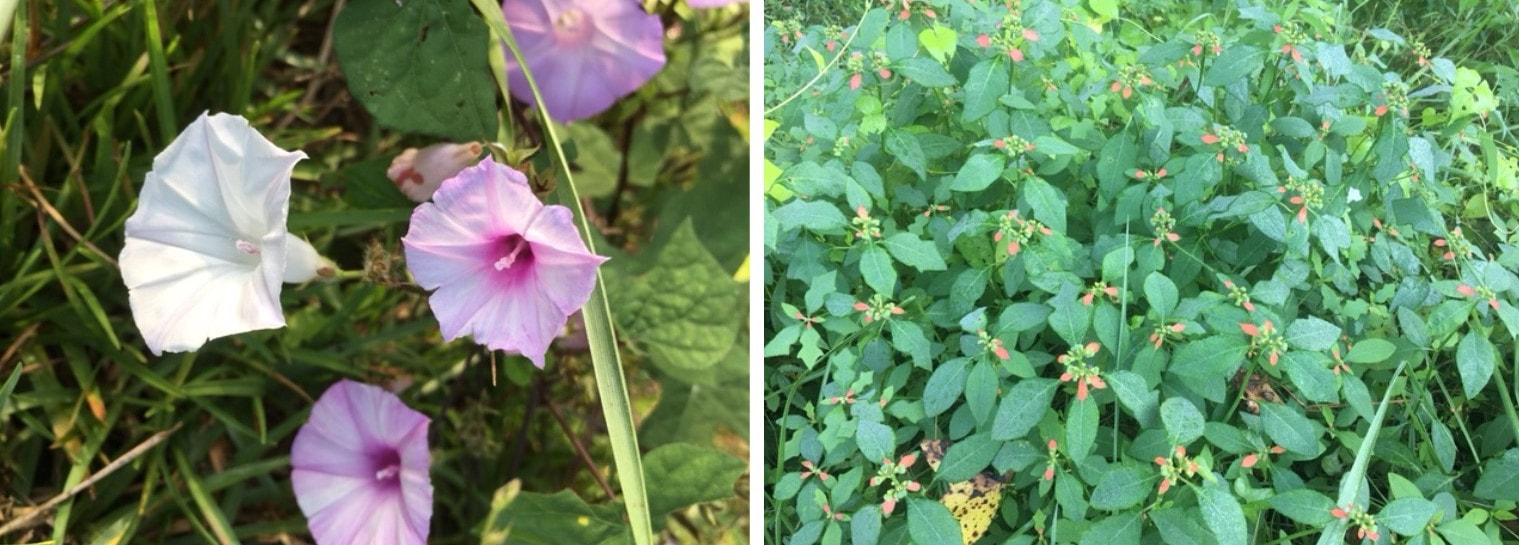


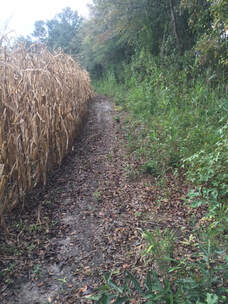
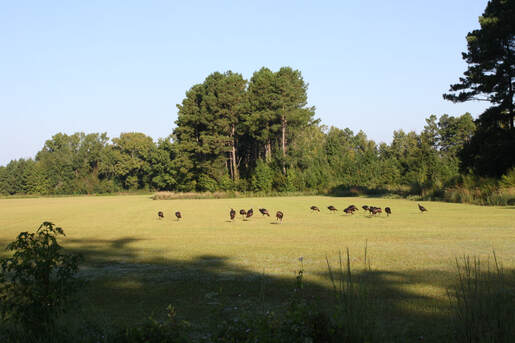
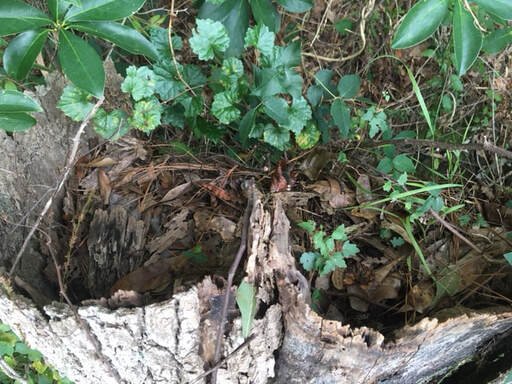
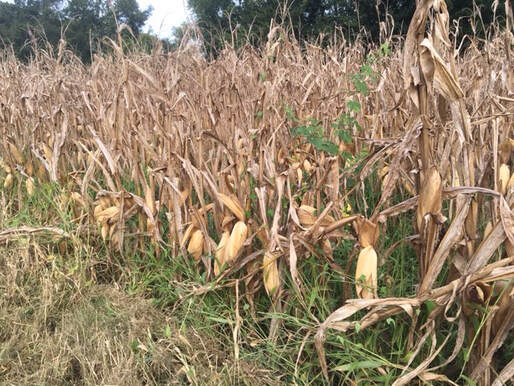
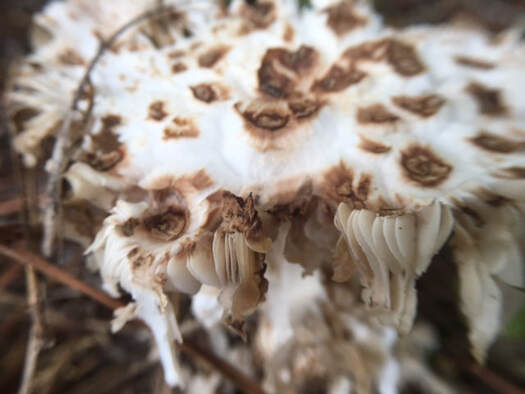
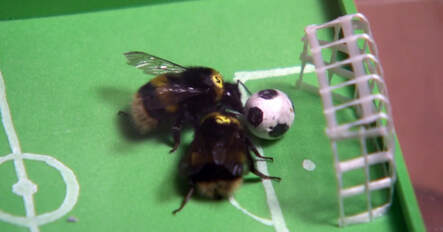

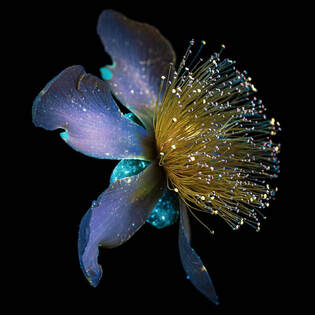
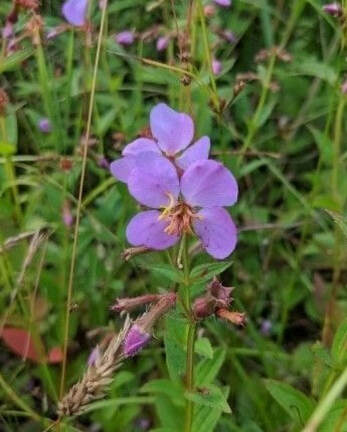
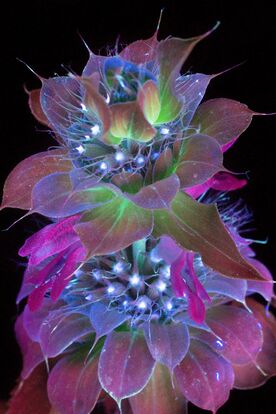
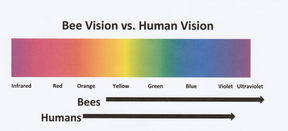
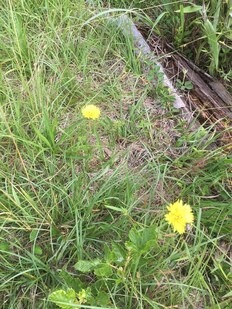
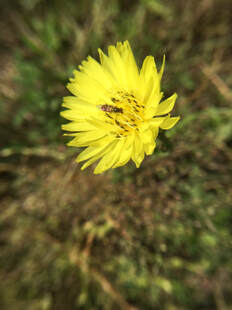
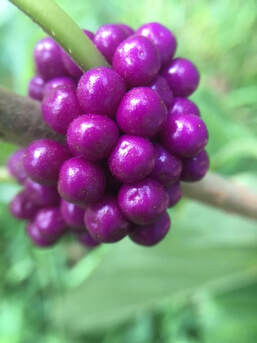
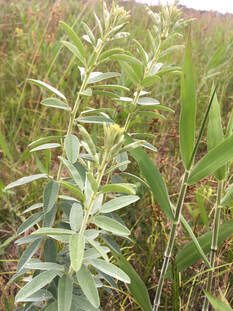
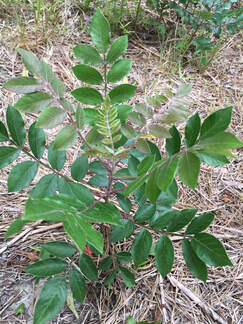
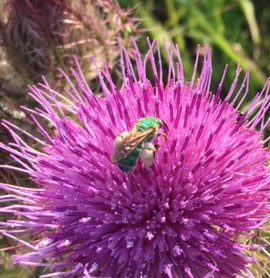
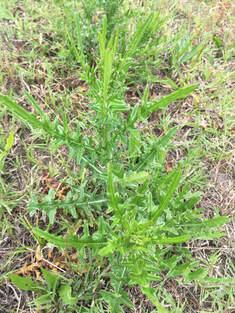
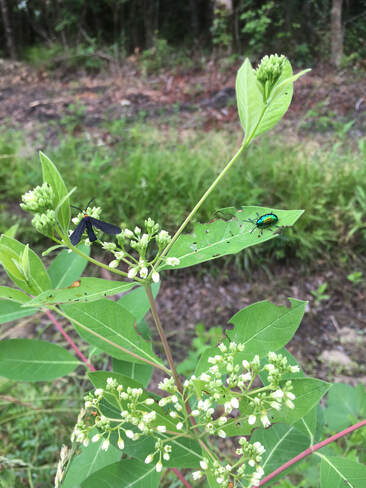

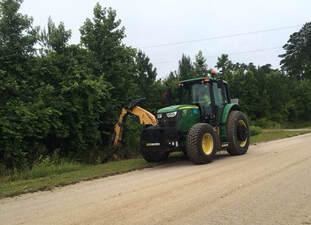
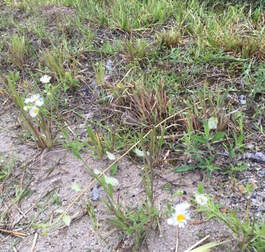
 RSS Feed
RSS Feed
